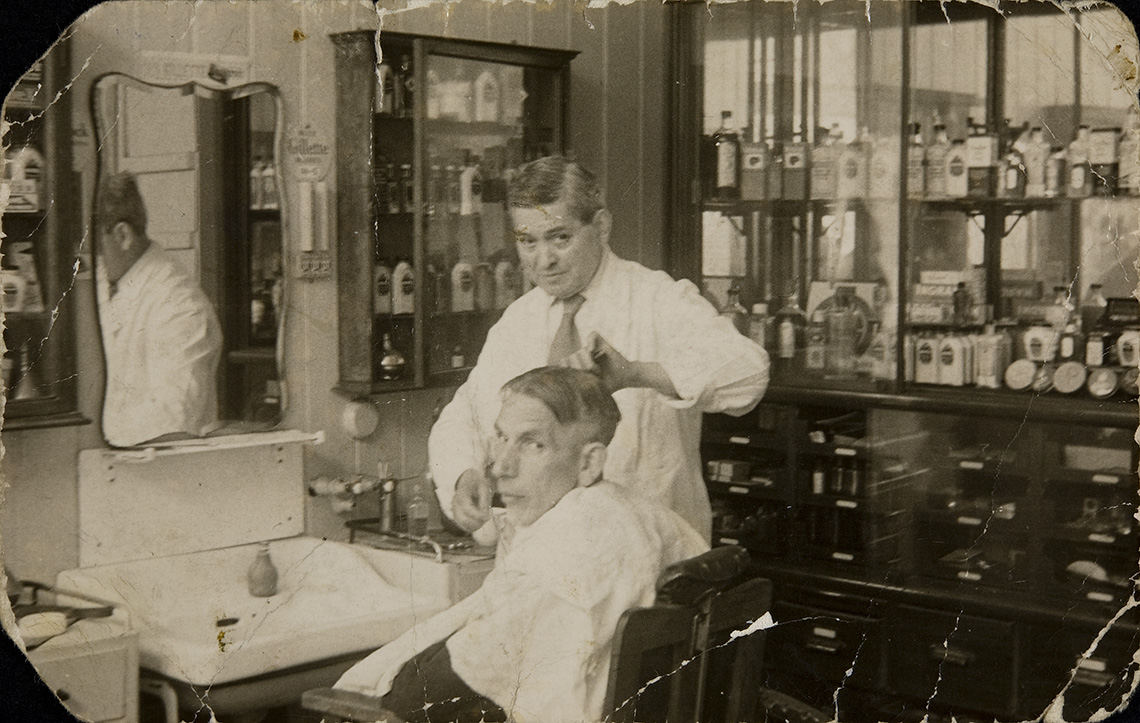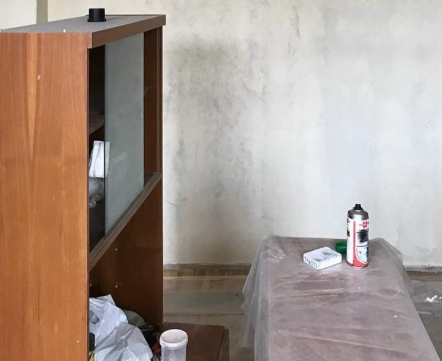In summer 2019, Minsk became the last city to host the unique exhibition “Amy Winehouse: A Family Portrait.” This was not a coincidence because, according to family legend, it was from Minsk that the Jewish ancestors of the famous singer emigrated to London at the end of the 19th century. CityDog.by and the National Historical Archives conducted research to find Amy’s roots in Belarus. Here are the exclusive results.
Did the Winehouses Come from Minsk?
Family legend has it that Amy’s great great grandfather, Harris Winehouse, left Minsk and, after some time, turned up in London in 1891. His wife and son Benjamin followed a few years later. Something had gone wrong, however, because they’d planned to go to America. They all were living in London in 1901.
The Winehouses never forgot about their Minsk origins. But, as time passed, the details were lost. Working with Ihar Zhyliayeu, the lead archivist of the National Historical Archives of Belarus, CityDog.by was able to find and document Amy’s Minsk roots.
Maybe a Mistake?
While the immigration documents of the Winehouse family list the place of their departure as Minsk, this doesn’t mean much. In these kinds of documents, the name of a town often referred to the name of a province or a county. This also proved true in the case of the Winehouses.
Researching archival documents from the end of the 19th century, our team could not find any corroborating information about citizens with the surname Winehouse in Minsk. Many Jewish tradesmen with the surname Vejgaus did live in the city, but none of the first names matched our search.
Finding the Draft Lists
At this point, our team decided to look at documents from other towns in the Minsk region. We first turned to draft lists. In 1874, following the military reforms of Czar Alexander II, general conscription was introduced in the Russian Empire. Every year, city and regional governments across the Empire created so-called draft lists, in which all young men between the age of 20 and 28 were registered. This means, for example, that if a draft list was compiled for the year 1905, it recorded every young man born since 1877.
Here we had some success. In the 1909 records of the Jews of the town of Rakau, there is an entry for a Benjamin Winegaus. There is even a precise date of birth – July 21st (August 2nd by the Gregorian calendar), 1888.



Draft lists for the 2nd district of Minsk County. The Jews of the Rakau community. 1909.
Moreover, the draft list was based on the birthplace and original status of each person. For instance, a draftee might have been born and grown up as “tradesman of the Ivianiec community of the Minsk district,” but later lived and worked in Homiel district. In this case, the state authorities in Minsk district would have still listed this person on their lists.
A similar story happened with Benjamin Winegaus. He was 20 years old in the year 1908 – therefore, he was mentioned in the draft list of Minsk county in the year 1909. The draft list also included the name and patronymic of Benjamin’s father, Ovsey Benjaminov (later anglicized to Harris), as well as his age, 45 years old. The name of his mother was listed as Sora-Grunya, and her age was 49. Since the age was that at the time the list was compiled, Ovsey was born in 1863 and Sora-Grunya in 1859.
Drawing on Census Records
Census records are another important government document in the 18th and first half of the 19th century. They calculated the exact number of people living on the territory of the Russian Empire.
There are challenges in finding surnames in census records. Different parts of the population on different territories received surnames in different ways and at different times. For example, among Jews, surnames began to appear generally at the beginning of the 19th century. But in some parts of the country, surnames became common among peasants only at the beginning of the 20th century. This is why the materials of the census records for particular territories should be treated extremely carefully so as not to confuse surnames and patronymics.
And another important clarification needs to be understood in regard to Jewish census records. Their difference lies in the fact that they represent a census of representatives of a particular Jewish community. In this way, we were able to find the ancestors of the Winegauses in the records of the Rakau Jewish community in the 1834, 1850 and 1858 censuses, and trace their family members.

Census records of the Jewish community in Rakau, Minsk County, 1834.

Census records of the Jewish community in Rakau, Minsk County, 1850.

Census records of the Jewish community in Rakau, Minsk County, 1858.
Most likely, the Winegauses were living in Rakau in 1834. However, it is possible that later the family changed its place of residence, but was still paying its taxes at their original place of registration. An “on the run” record in a later census records doesn’t mean that a family or person had just taken off and escaped, but most likely had just moved to find work elsewhere in the Pale of Settlement. And this was the case with Amy’s ancestors from Rakau.
So When and Where was Amy Winehouse’s Great Grandfather Born?
Now we know that Benjamin Ovseevich Winegaus was born on July 21, 1888, to a family registered in Rakau. We don’t know where he was born, but his official status was as a Jew from the community of Rakau. His last recorded place of residence was the town Astrashytski Haradok in the Minsk district of the Minsk province.
In the 1909 draft list, there is a note about Benjamin’s failure to appear for an inspection, but this is not surprising – by the time the list was made, the Winegaus family had long been in emigration.

Benjamin Winehouse working at his barbershop in London.
The reprinting of CityDog.by materials is possible only with the written permission of the publisher. See details here.
Photo: The National Historical Archives of Belarus, the Winehouse family archive.





















